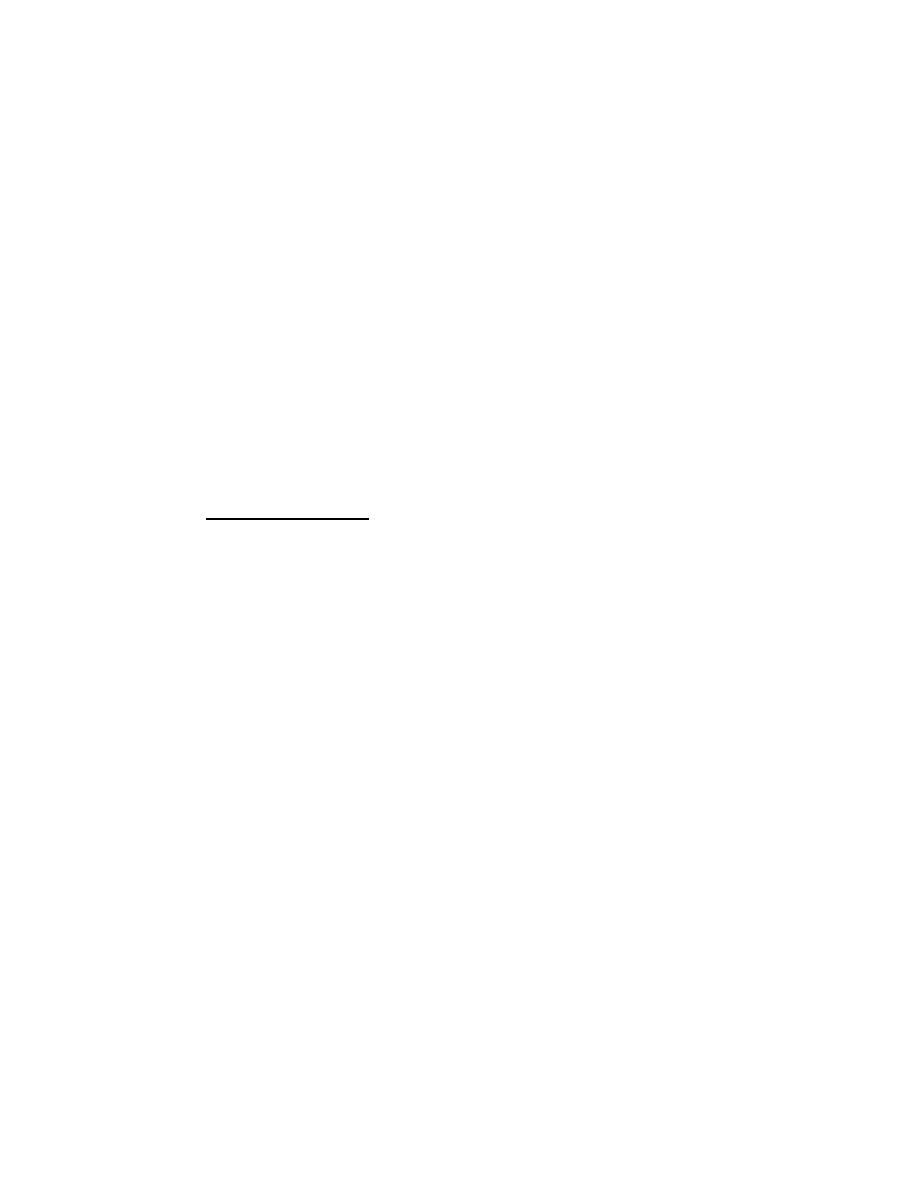
MIL-HDBK-1004/10
a) Test Wires: These wires carry only very small currents and, as
they are themselves cathodically protected, insulation requirements are not
critical. Solid copper wires, No. 12 gauge AWG with type TW, RHW-USE or
polyethylene insulation should be used for this application unless otherwise
indicated by experience.
b) Bond Wires: These wires carry more current than test wires.
No. 4 AWG, 7-strand copper cable with Type TW, RHW-USE or polyethylene
insulation is recommended for all bonds unless a larger wire size is required
for current carrying capacity.
c) Power Supply to Structure Cables: The power supply is HMWPE
insulated 7-strand cable, usually in the size range of No. 2 or No. 4 AWG.
The actual wire size should be determined by economic analysis as described in
para. 6.7.1.4 but wire no smaller than No. 4 AWG should be used because of
mechanical stength required.
d) Power Supply to Anode Cable: The insulation in these cables is
critical. HMWPE insulation, 0.110 inches thick, as a minimum, is required on
these cables. The anode connection wire is usually No. 8 AWG with HMWPE
insulation. The wire used to interconnect the anodes and to connect the anode
bed with the power supply is commonly in the range of No. 2 AWG or larger.
The actual wire size should be selected based upon the economic analysis
described in para. 6.7.1.4 but should not be smaller than No. 4 AWG because of
strength.
Economic Wire Size. The size of the connection between the
6.7.1.4
structure, anode bed, and power supply in impressed current cathodic
protection systems should be selected to minimize overall cost. This can be
determined by calculating the annual fixed cost of the selected wire and
comparing it with the cost of power losses for the system. When the annual
fixed cost and the cost associated with power losses are equal, their sum is
minimum and the most economical selection of wire size is confirmed. If the
power losses exceed the annual costs, a larger wire size is indicated; if the
annual fixed costs exceed the power loss, then a selection of a smaller wire
size would be appropriate. The formula for determining power loss costs is:
93


 Previous Page
Previous Page
